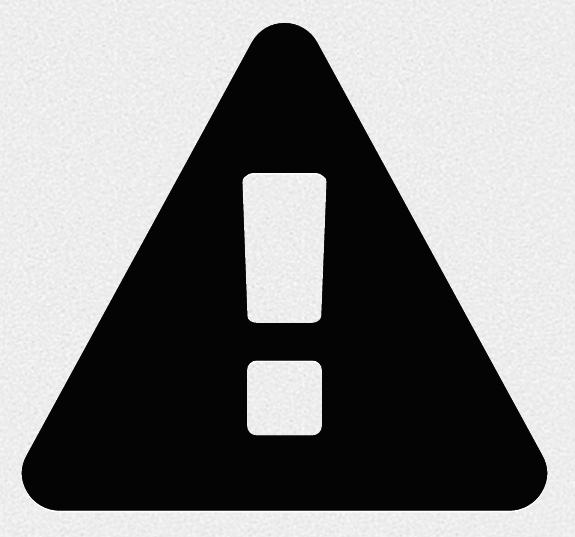
Oil Testing Kit Laser Warning
The Oil Testing Kit comes with a 405 (+-10) nanometer blue laser which some refer to as an ultraviolet or UV laser. This laser is powerful (<5mw) and can cause eye damage more easily than many other consumer lasers.
It's not a weak laser, you just can't see it
Some of the danger of this type of laser is that it appears dim, but is in fact quite strong, and particularly damaging to the eye. Don't be fooled!
Don't use it outside the Oil Testing Kit frame
Most people know not to shine a laser beam in their eye, and the same is true of this 405 nanometer laser. With this laser, however, given the difficulty of seeing its light, we strongly discourage you from using it at all outside the Oil Testing Kit enclosure.
The Oil Testing Kit Beta will include a black sheet of paper to cover the entire sampling chamber of the Oil Testing Kit attachment with, to reduce the chance of stray laser reflections. Keep your head well above this sheet and ensure that any possible laser light leaking out of the enclosure does not endanger your eyes, or those of anyone nearby.
Use eye protection
UV protective glasses may not block this blue light, which is not quite ultraviolet. Yellow or orange glasses help, but essentially no eyewear will protect you from a direct beam in the eye. Glasses should be used as an extra precaution, not as a license to shine the laser in the open. The Oil Testing Kit Beta will include orange glasses for this purpose.
For more information, please see:
https://www.osha.gov/dts/osta/otm/otm_iii/otm_iii_6.html
Particularly useful sections include:
Section III: Biological Effects of the LASER beam; Table III:6-3. Summary of basic biological effects of light
Section IV: LASER Hazard Classifications
Section V: Investigational Guidelines; Part B: LASER Exposure Limits
Section VI: C. Class I, Class II, Class I.A., and Class IIIA Lasers. (It is class IIIA) "Accident data on laser usage have shown that . . . Class IIIA lasers are normally not considered hazardous from a radiation standpoint unless ILLOGICALLY used." (emphases added.)